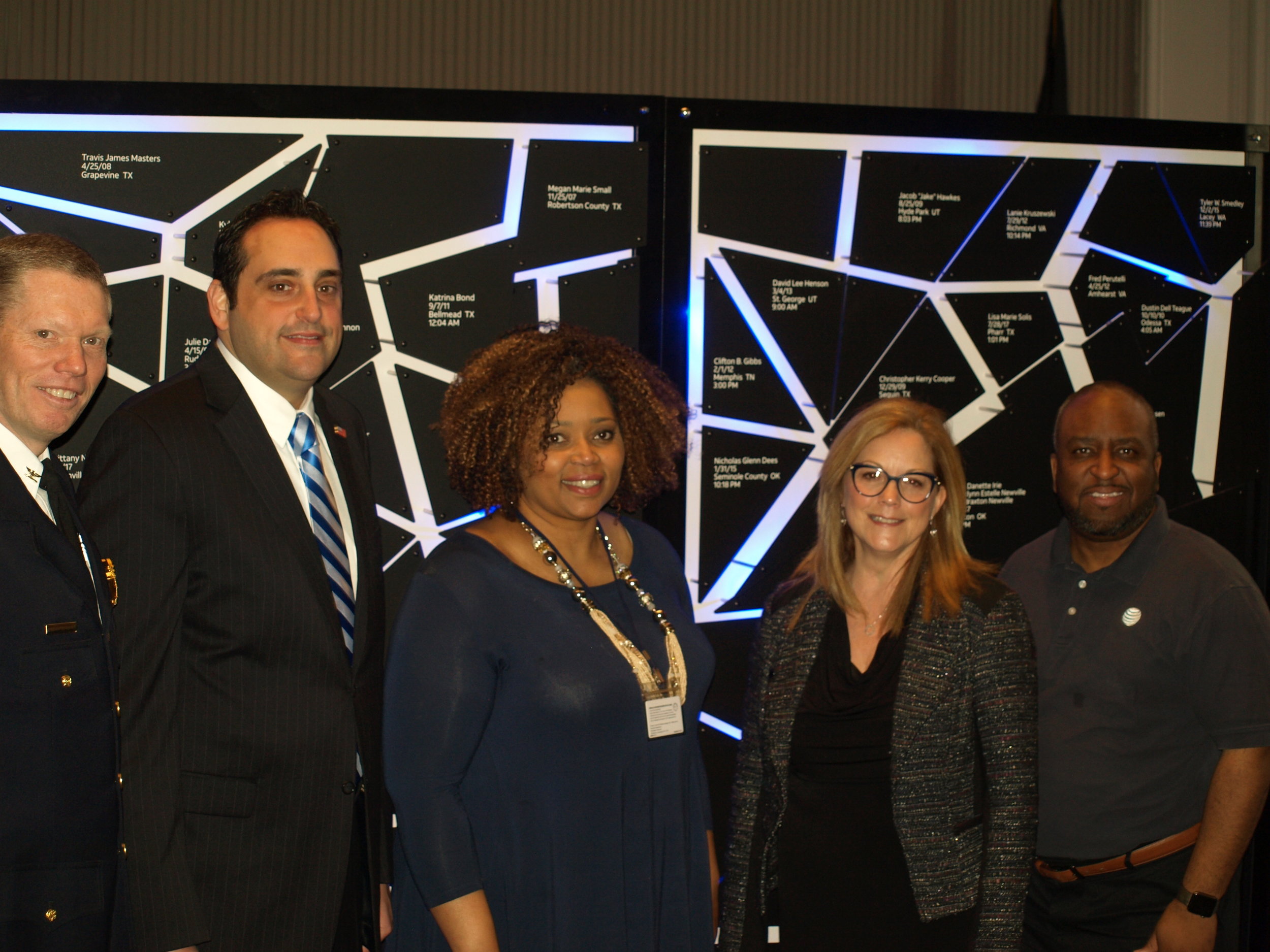Simulator Shows Dangers Of Distracted Driving
/SCPD Second Precinct Inspector Christopher Hatton; Huntington Supervisor Chad Lupinacci; Receiver of Taxes Jillian Guthman; Councilwoman Joan Cergol; and Brandon Ray, of AT&T; stand before the “It Can Wait Simulator.” (Long Islander News photo/Connor Beach)
By Connor Beach
cbeach@longislandergroup.com
Suffolk Police Second Precinct officers and AT&T representatives joined Town of Huntington officials at Town Hall Tuesday afternoon to highlight the dangers of distracted drivers.
Supervisor Chad Lupinacci, Councilwoman Joan Cergol and Receiver of Taxes Jillian Guthman opened the meeting room to AT&T for a virtual reality simulator designed to educate participants about distracted driving.
Huntington was the second stop for the “It Can Wait” simulator, which AT&T unveiled last week at the New York International Auto Show. It uses a smartphone attached to a virtual reality headset and headphones to give viewers a 360-degree experience.
The around five-minute experience illustrated a multitude of distractions that drivers face while behind the wheel, and helped viewers safely experience the distance that their cars can travel while they are looking down to read a message on a phone.
The simulation also featured stories told by avatars representing actual people whose lives were impacted by distracted driving.
The emotional stories include that of a mother whose son was killed in a car accident while texting and driving, and a man who crashed into another car while texting behind the wheel, causing the deaths of two passengers in the other car.
Brandon Ray, regional director of external affairs for AT&T, praised the Huntington officials for leading the way in driver safety.
“Distracted driving accidents truly are preventable,” Ray said. “We want people to utilize our products and our network, but we want people to utilize them responsibly.”
SCPD Second Precinct Inspector Christopher Hatton said the simulator could hopefully “get more of our young people involved and prevent another tragic accident” on Huntington’s roads.
However, as Lupinacci pointed out, distracted driving is not a problem that is limited to Millennials and new drivers.
“Right now, 660,000 drivers are attempting to use their cellphone while behind the wheel of a car… so the seriousness of the problem can’t be underestimated,” Lupinacci said. “This is a lesson for drivers of all ages.”
In one striking example, the simulation shows that a car travelling at 55 miles per hour can cover over 100 yards in the time it takes to read a two-line text message.
“These days we are all under so much pressure to be productive. Technology enables us to be so much more productive, but at the same time it creates this challenge,” Guthman said.
There is a way for drivers to remove the pressure to check their phones while driving, as Cergol said.
“The best thing we can do for ourselves and for our fellow citizens is to leave the cellphone in the backseat of the car.”






